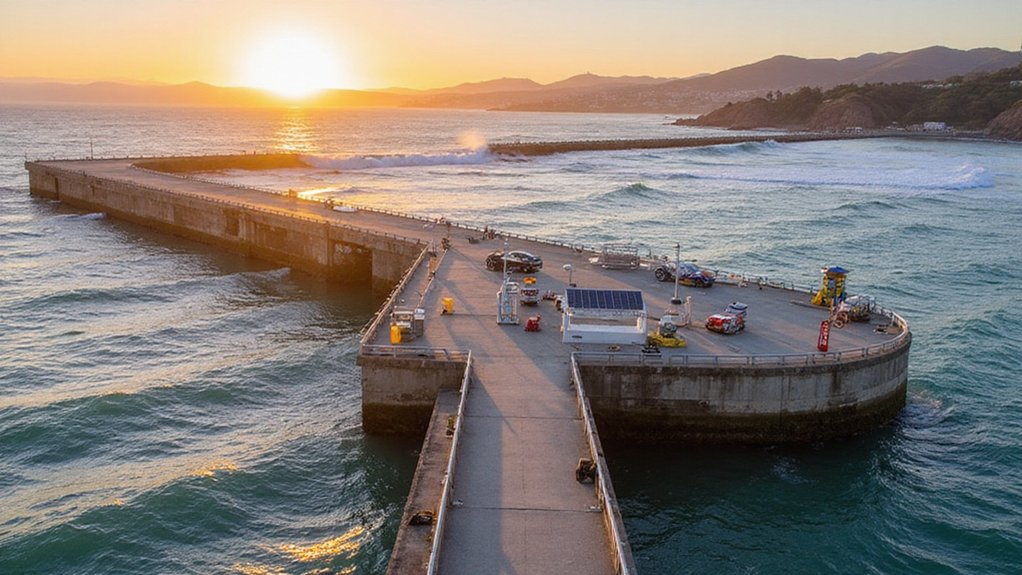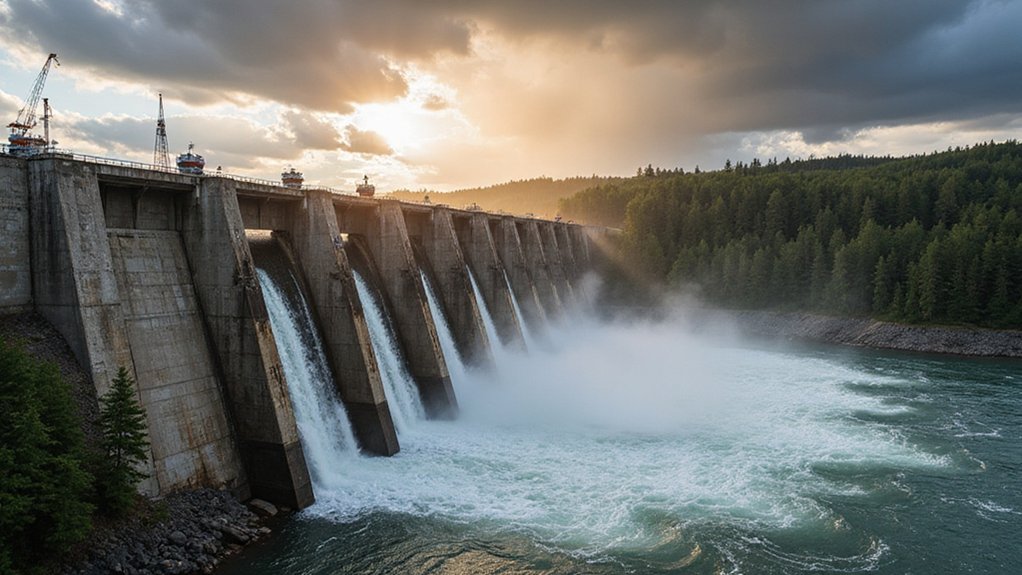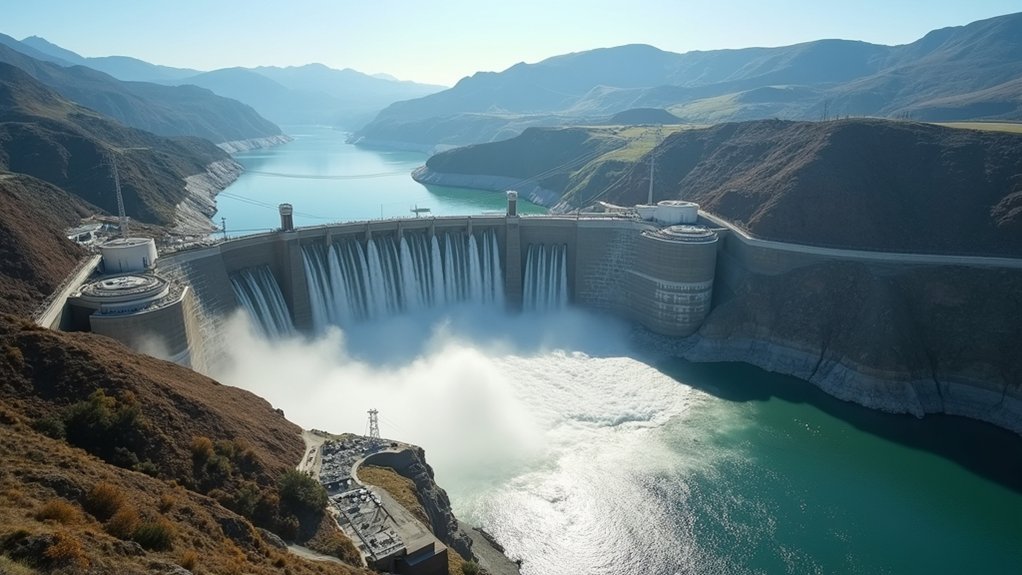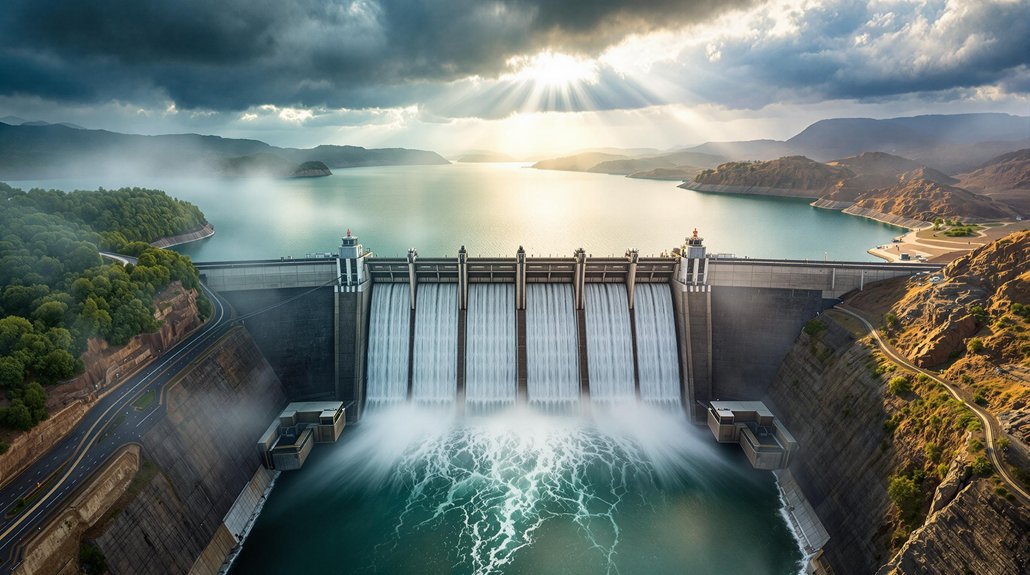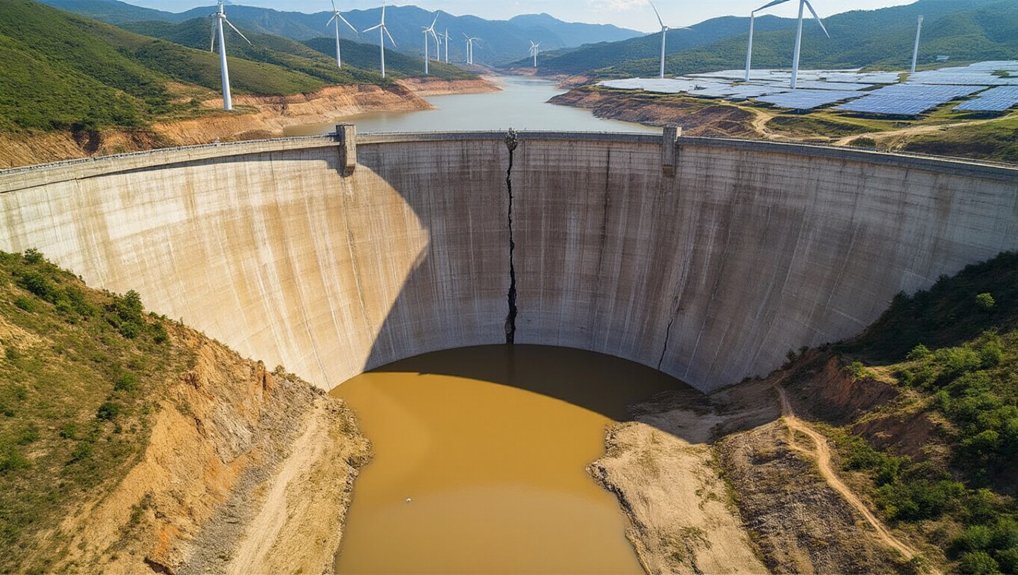The Cal Poly Pier has received federal funding to become America’s first open-water wave energy testing hub. The 3,000-foot structure extends into San Luis Obispo Bay, offering researchers and companies a place to test marine energy technologies. It’s part of the TEAMER program and provides secure access, flowing seawater systems, and a strategic commercial harbor location. This transformation isn’t just about testing—it’s accelerating the journey of promising wave energy technologies toward real-world use.
After earning a prestigious designation from the U.S. Department of Energy, Cal Poly Pier in Avila Beach, California has become the nation’s first open-water research pier under the TEAMER program. This federal recognition transforms the facility into a vital testing hub for wave energy technologies, helping innovators advance their devices toward commercial viability.
The pier extends about 3,000 feet into San Luis Obispo Bay, offering real-world conditions that are perfect for testing marine energy systems. With water depths reaching 40 feet at its end, the facility can accommodate various wave energy converters and testing equipment. Developers don’t need expensive ships to deploy their technology since they can drive directly onto the secure, restricted-access pier.
Cal Poly’s facility includes valuable infrastructure like a 100-gallon-per-minute flow-through seawater system that supports both energy research and environmental studies. The pier provides 13,500 square feet of deck space for conducting extensive testing operations. Its location provides moderate wave exposure while being partially protected by the Port San Luis Breakwater, creating an ideal setting for technology testing before devices face the open ocean.
The TEAMER program, which stands for Testing Expertise and Access to Marine Energy Research, aims to accelerate the development of wave energy technology across America. Unlike geothermal heat pumps that achieve 300-500% efficiency in land-based applications, wave energy technologies are still evolving toward optimal performance levels. Researchers and companies can apply through TEAMER to access the pier’s capabilities, which include performance monitoring, environmental impact assessment, and systems integration testing. The program has already completed 15 rounds of technical support requests for various marine energy projects nationwide.
The pier’s position within a commercial harbor streamlines logistics and operational support. It’s located about 11 miles south of Cal Poly’s main campus, making it accessible for university researchers while maintaining its role as a national resource. The site doesn’t fall within special regulatory zones, which simplifies the permitting process for testing activities.
Federal funding supports the pier’s operation as a national hub for marine energy research, providing a cost-effective alternative to offshore vessel deployments. By removing barriers to testing and validation, Cal Poly Pier is helping to advance America’s marine energy sector and accelerate the path toward commercial wave energy technologies.
References
- https://www.calpoly.edu/news/cal-poly-pier-designated-wave-energy-testing-site-federally-funded-program
- https://marine.calpoly.edu/teamer
- https://ucm.calpoly.edu/news/cal-poly-pier-designated-wave-energy-testing-site-us-department-energy-funded-program
- https://www.energy.gov/sites/prod/files/2017/03/f34/california-wave-energy-test-center.pdf
- https://keyt.com/news/san-luis-obispo-county/2025/05/06/cal-poly-pier-selected-by-u-s-department-of-energy-to-host-wave-energy-research-program/
